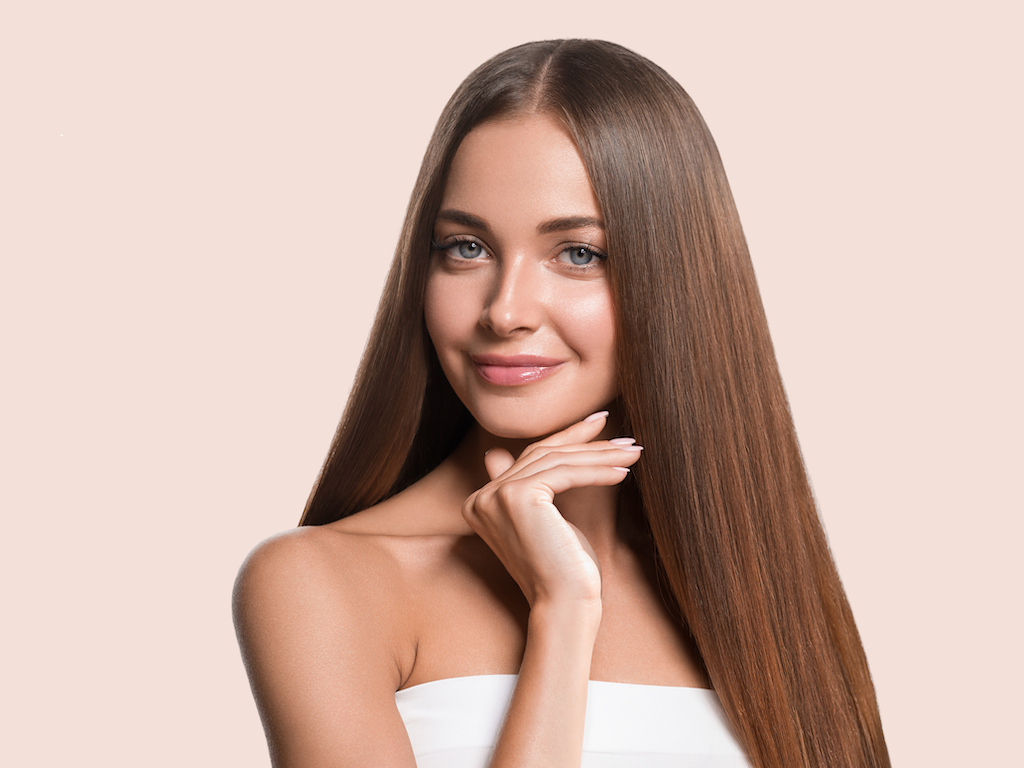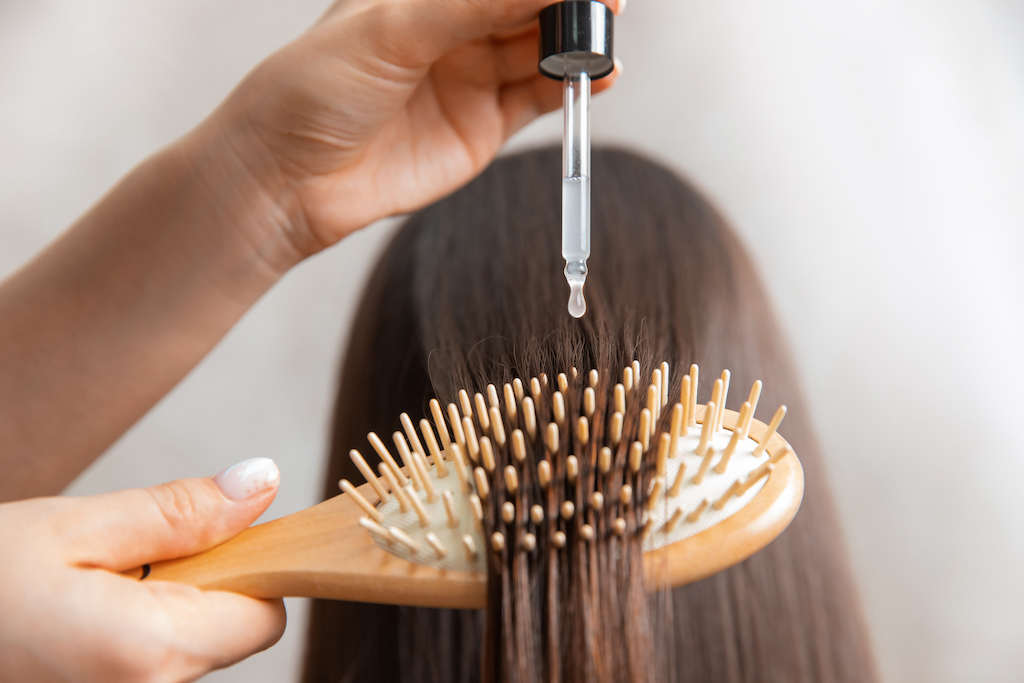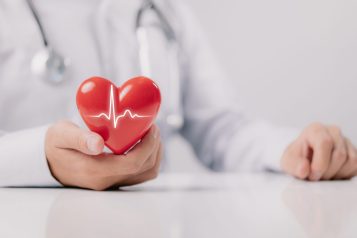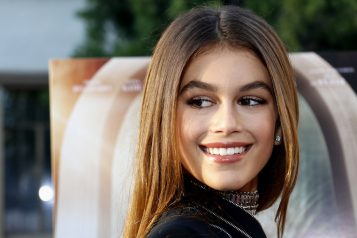Shamila Gupta Rawal, MD, a board-certified otolaryngologist/head and neck surgeon, specializes in the management of hair loss and rejuvenation of the face and neck at The Rawal Institute for Hair Restoration and Aesthetic Medicine. Dr. Rawal is the only hair restoration surgeon providing comprehensive surgical and non-surgical treatment for all types of hair loss in Madison, Wisconsin, with an expansive patient base that travels in from coast-to-coast.
 Photo Credit: Shutterstock
Photo Credit: Shutterstock
Biotin supplements. Keratin shampoos and conditioners. The best styling products. Sound familiar? When your hair isn’t looking too hot, or in better terms, unhealthy, many tend to buy extra hair-friendly products. With keywords like keratin, hair protectant, and shine, you’d suppose these items would help? And at times, they do provide quick fixes. But as you may know, nothing lasts forever.
As a hair restoration expert, Dr. Shamila Rawal at The Rawal Institue for Hair Restoration and Aesthetic Medicine hears these keywords often, primarily keratin. Curious to learn more about the role keratin plays in our hair, Haute Beauty got the facts. Here they are, provided by Intern Rajeshwari Rawal:
1. Keratin is a protein with many essential functions for your hair.
Keratin’s key benefits include hair growth and health maintenance. Keratin is made up of 18 different amino acids. It consists of long fibers that are bonded to each other and to fibers from other cells, giving length, strength, waterproofing, elasticity, and luster to your hair.
2. Flat ironing your hair is not the only way to damage keratin.
While continuously produced and replaced by the body, Keratin can undergo damage via intense or cumulative exposure to extreme conditions, including heat and cold. Frequent use of high-heat irons, chemical products, and excessive exposure to UV rays can degrade keratin, leading to increased porosity of the hair shaft, loss of moisture, and brittleness of hair.
Genetic disorders can also predispose one to have low keratin levels but maintaining a diet abundant in vitamins and minerals can enhance keratin production and is an important factor in optimizing hair health.

3. There are many ways to improve your keratin levels.
While one may improve keratin levels and hair health by decreasing loss by styling and lifestyle, certain foods can promote keratin production in hair, skin, and nails. Protein-rich foods, such as eggs, fish, and dairy products, as well as naturally keratin-rich vegetables such as kale, broccoli, and onions, are readily available sources of the amino acids that create keratin.
Additionally, using hair care products to restore keratin form and function can be an easy way to optimize hair health. There are a multitude of incredible products on the market. Specifically, the Rawal Institute for Hair Restoration and Aesthetic Medicine partners with Antidote1848 to offer their Baobab Protein Shampoo and Conditioner, which are rich in quinoa and baobab proteins, to strengthen the hair shaft, boost thickness, protect color and promote shine.
For more information, visit Dr. Brian A. Levine's social media:

























